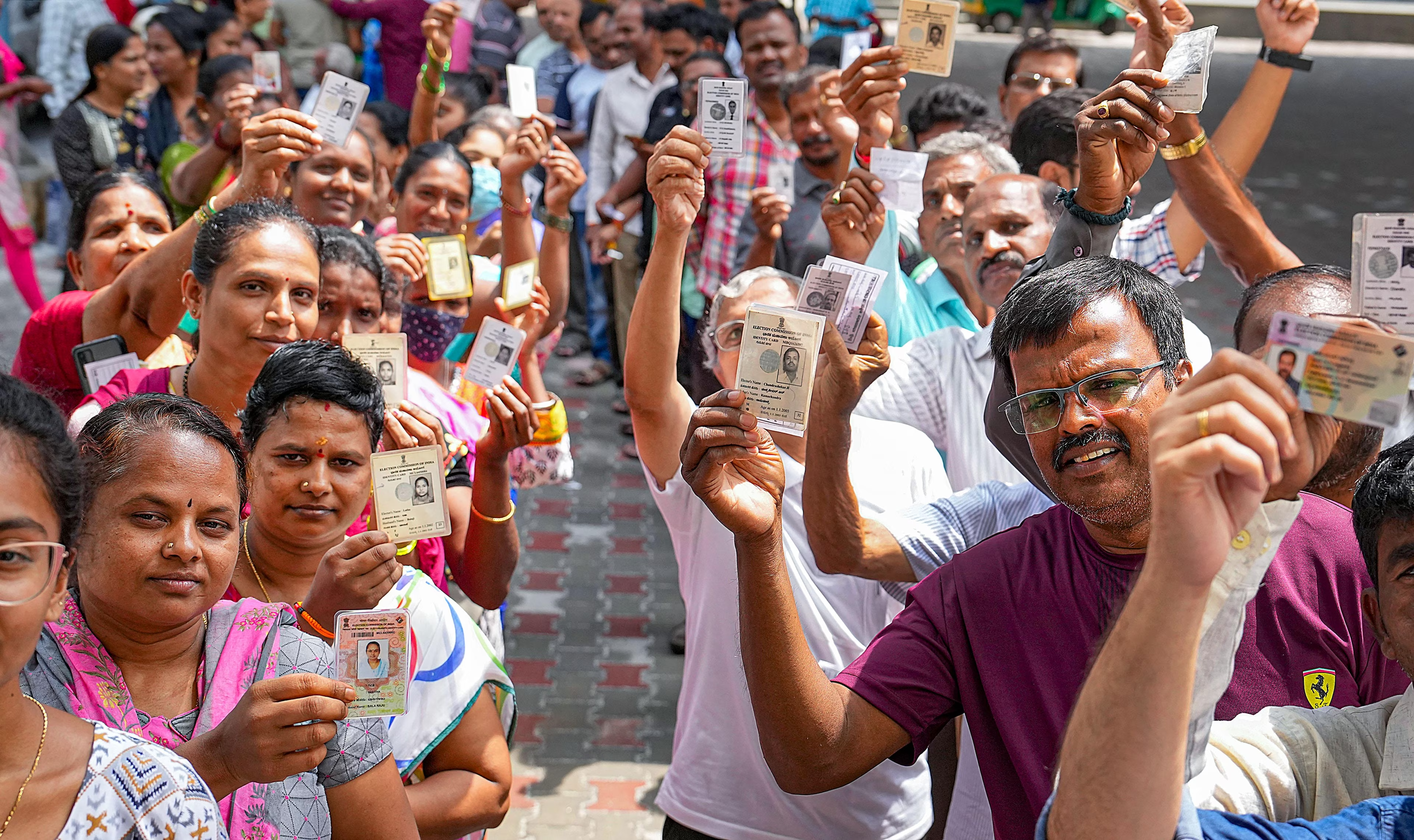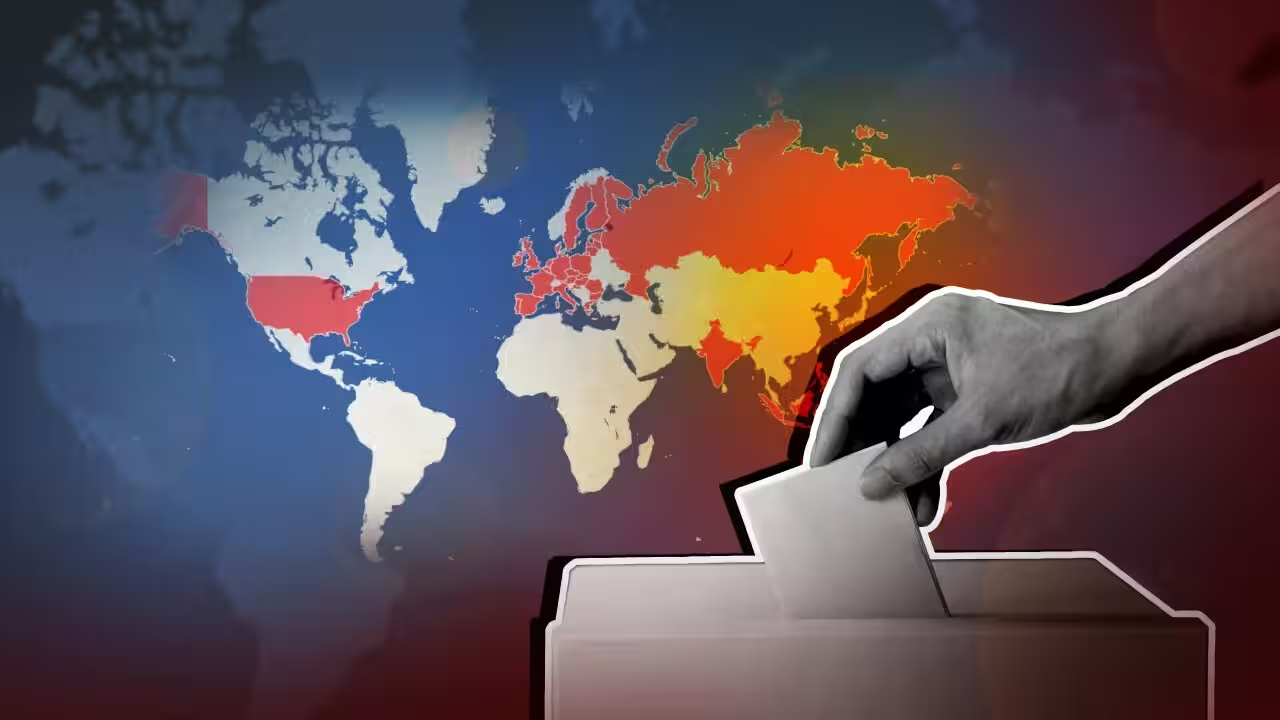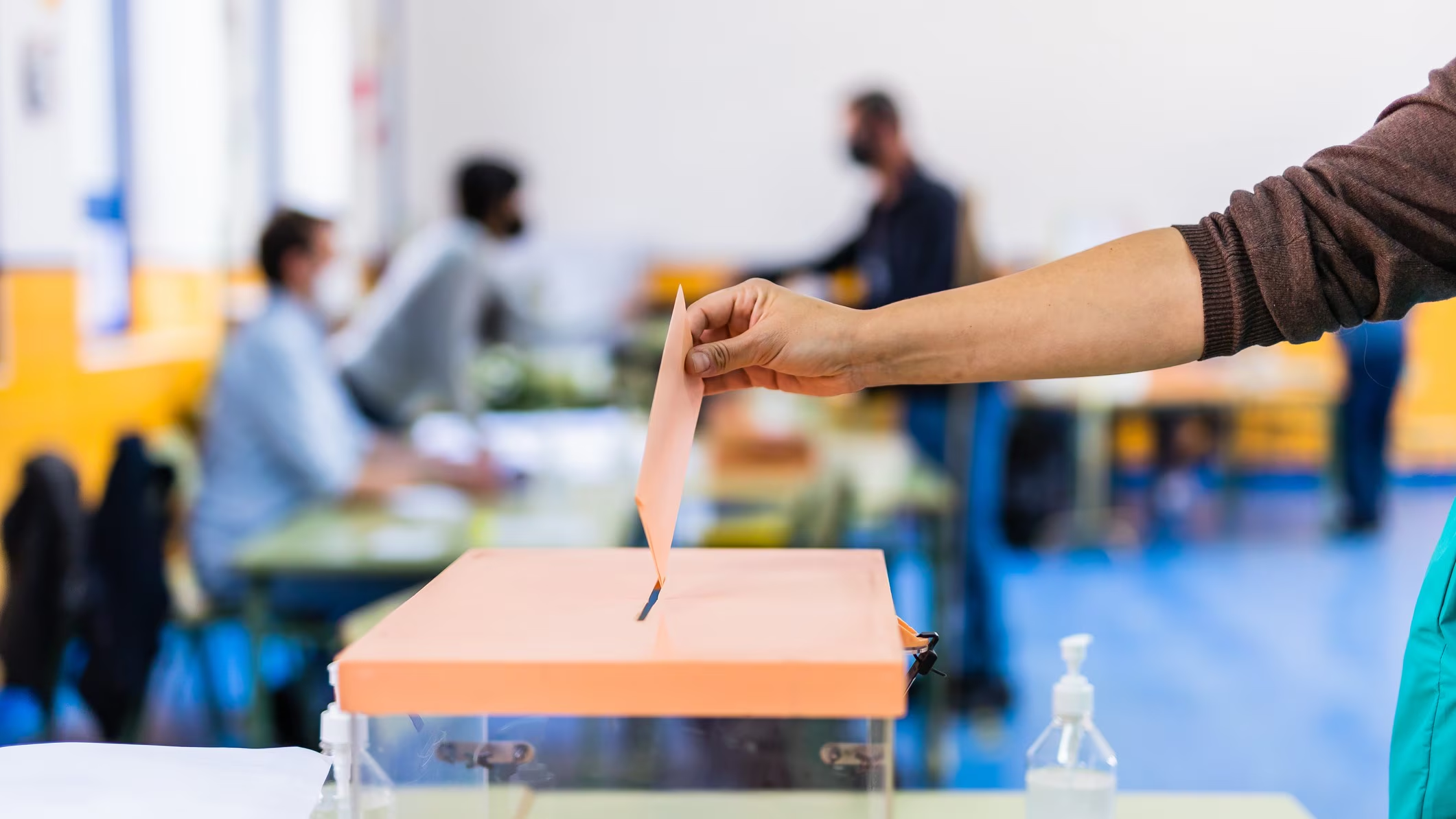Dominate the Political Arena: Unleashing the Winning Strategies for Election Success

Introduction to Electoral Systems
Electoral systems vary significantly across the globe, each designed to reflect the unique cultural, social, historical, and political contexts of their respective countries. While proportionality is a common goal in many systems, it is an ideal that is often approximated rather than perfectly achieved. Proportional systems typically yield more proportional outcomes than plurality or majority systems, though various factors can still result in disproportionality.
Definition and Purpose
- Electoral Districts: These are defined geographic areas used to organize voting and elect representatives.
- Traditional View: Each district is considered a community with common interests that should be represented.
- Alternative View: Districts can also be seen simply as units for counting votes, especially in systems where minority groups need representation.
Types of Voting Systems
- Majority/Plurality Voting: In single-member districts, the candidate with the most votes wins.
- Pros: Simple to understand and implement; often results in clear, stable governments.
- Cons: Significant portions of the electorate may feel unrepresented if their preferred candidate does not win.
- Proportional Representation (PR): Seats are allocated based on the proportion of votes each party or candidate receives.
- Pros: More accurately reflects the electorate’s preferences, allowing for diverse representation.
- Cons: Can result in fragmented parliaments, making it harder to form stable governments.

Delimitation and Apportionment
Delimitation (Drawing District Boundaries)
- Criteria for Drawing Boundaries:
- Contiguity and Compactness: Districts should be geographically continuous and not excessively spread out.
- Reflective of Socio-Economic Composition: Boundaries should take into account the demographic makeup of the population.
- Challenges:
- Obsolete Boundaries: As socio-economic conditions change, historical district boundaries may no longer represent cohesive communities.
Apportionment (Allocating Seats)
- Basis of Apportionment:
- Total Population: Counting everyone, regardless of voting eligibility.
- Voting-Age Population: Only those old enough to vote.
- Registered Voters: Only those who have registered to vote.
- Actual Voters: Only those who cast a ballot.
- Issues:
- Malapportionment: Unequal representation due to differences in population size across districts.
- Constitutional vs. Electoral Malapportionment: E.g., equal state representation in the U.S. Senate vs. unequal population-based representation in the House.
Gerrymandering
Definition and Practice
- Gerrymandering: Manipulating district boundaries to create an electoral advantage for a particular party.
- Tactics:
- Concentrating Opposition Votes: Packing opposition supporters into a few districts to minimize their overall influence.
- Diluting Opposition Votes: Spreading opposition supporters thinly across many districts to prevent them from winning.
- Tactics:
- Consequences:
- Distorted Electoral Outcomes: The party controlling the redistricting process gains an unfair advantage.
- Undermined Representation: The principle of fair representation is compromised.
- Examples:
- Northern Ireland: Districts were drawn to maximize Unionist representation.
- U.S. States: Various examples of partisan gerrymandering.

Voting Practices and Participation
Evolution of Voting Practices
- Early Practices: Voting was often public and informal.
- Modern Practices: Voting is now formalized with secret ballots to ensure fairness and prevent undue influence.
Secret Voting
- Benefits: Reduces coercion and bribery, and ensures that voters can make independent choices.
- Challenges: Requires voter education and robust infrastructure to implement effectively.
Balloting Methods
- Types of Ballots:
- Party-Column Ballots: Candidates are listed by party, allowing for straight-ticket voting.
- Office-Bloc Ballots: Candidates are grouped by the office they are running for, encouraging voters to choose individually.
- Write-In Ballots: Voters can write in the names of candidates not officially on the ballot.
- Influence on Voter Behavior:
- Ballot Length: Long ballots can overwhelm voters, leading to incomplete voting.
- Position Effects: Candidates listed first or last may receive more votes simply due to their position.

Electoral Integrity and Abuse
Ensuring Fair Elections
- Measures:
- Permanent Voter Registers: Keep an updated list of eligible voters.
- Standardized Polling Procedures: Ensure consistency and fairness.
- Observer Presence: Allow party agents to monitor the process and report irregularities.
- Challenges:
- Electoral Fraud: Practices like ballot stuffing and vote tampering undermine electoral integrity.
Electoral Participation
- Factors Affecting Turnout:
- Type and Level of Election: National elections typically have higher turnout than local ones.
- Electoral System: Proportional representation often leads to higher turnout than majority/plurality systems.
- Voter Demographics: Education, income, and age all influence turnout.
- Impacts of Non-Participation:
- Skewed Representation: Unequal turnout can lead to policies that do not reflect the will of the entire electorate.
Influences on Voting Behavior
Long-term and Short-term Factors
- Long-term:
- Partisan Identification: Long-standing loyalty to a political party.
- Social Group Identity: Voting is influenced by the voter’s social group (e.g., class, religion).
- Short-term:
- Campaign Events: Key events during the campaign can sway voters.
- Candidate Appeal: Personal qualities and competence of candidates.
- Issues at Stake: Specific policy issues relevant to the election.
Cognitive Mobilization
- Definition: Voters becoming more independent and informed, making decisions based on issues rather than party loyalty.
- Effects: Increases the importance of independent voters and new voters in determining election outcomes.

Voter Turnout
- Influences:
- Frequency of Elections: More frequent elections can reduce turnout due to voter fatigue.
- Competitiveness: Close and competitive elections tend to have higher turnout.
- Social and Demographic Factors: Education, income, and age all play a role in voter turnout.
- Global Comparison: Voter turnout varies widely across countries and contexts. For example, U.S. turnout is lower compared to many European countries.

Conclusion
Electoral systems are complex and multifaceted, with each system designed to meet the specific needs and contexts of different societies. While no system is perfect, understanding the factors that influence proportionality and representation can help in evaluating and potentially improving electoral processes worldwide.




